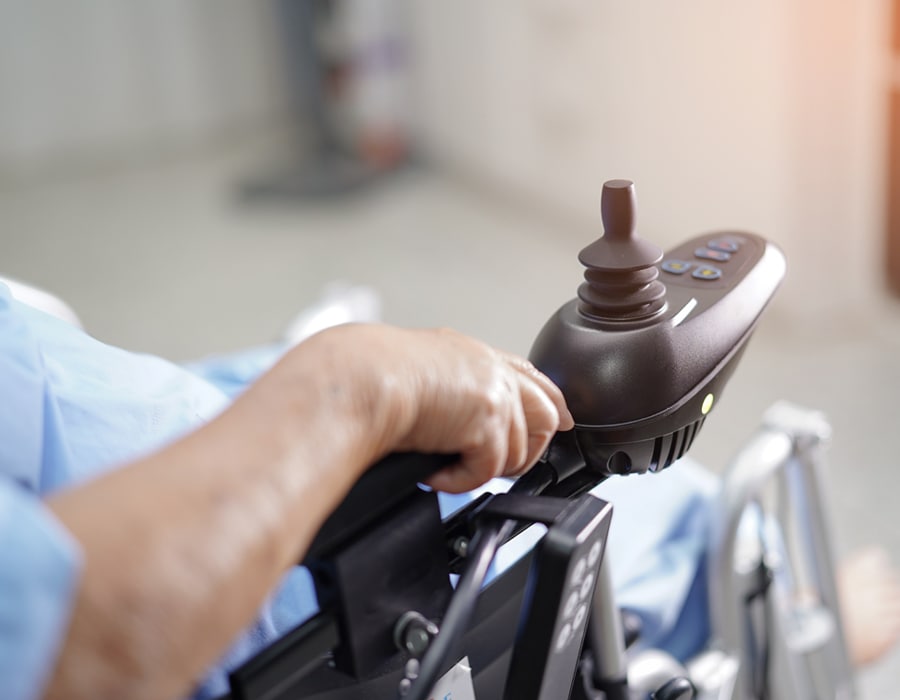Updated government guidelines outline what a “not in a class” mobility scooter or powerchair is

The UK Government has updated its guidance about the different classes of mobility scooters and powerchairs, with a new section describing what a “not in a class” vehicle is.
Entitled ‘Using mobility scooters and powered wheelchairs’, the guidance is intended for the users of these assistive devices and delves into different areas such as device classes, driving on the road and pavements, eyesight requirements, vehicle registration, and more.
There are two different classes for mobility scooters and powerchairs: class 2 and class 3. Usually, these devices are class 2 if it has a maximum speed of 4mph or less and class 3 if it has a maximum speed of 8mph.
The guidelines add: “The seller or manufacturer can usually tell you the class of your mobility scooter or powered wheelchair. If they cannot, you can check based on its speed, width and weight.”
Class 2 and 3 mobility scooters and powerchairs can be used on pavements and other pedestrian areas as well as on cycle tracks.
However, the government stresses that these vehicles cannot be used on cycle lanes, which are different from cycle tracks. Cycle tracks are separated from the road by barriers or distance. Cycle lanes are painted on the road and run alongside where usual road traffic go.
Class 3 mobility scooters and powerchairs can also be used on the road. These need to be registered with the Driver and Vehicle Licensing Agency (DVLA).
Now, the updated government document underlines what “not in a class” mobility scooters and powerchairs are.
A not in a class mobility scooter or powerchair are those that can go more than 8mph, are wider than 0.85 metres, and weigh more than 150kg (or 200kg if any equipment is attached to them, like medical equipment).
Not in a class mobility vehicles can only be used on roads. Users must get a valid driving licence to drive one and register their vehicle with the DVLA.
Users may also need to insure their vehicle. More information about insuring or registering mobility scooters and powerchairs can be found here.
Veterans whose mobility issues are attributable to their service can now apply for support from the reinstated Veterans’ Mobility Fund from Help for Heroes.

